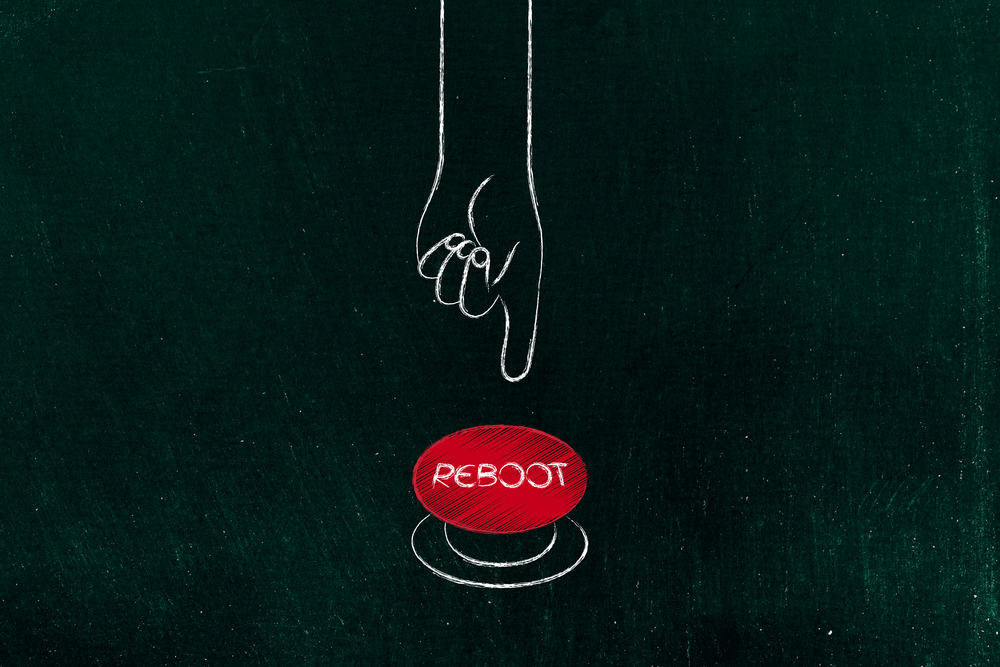I just wanted to set the cat amongst the pigeons with the opening statement. Honestly, nobody knows the answer. Any analysis that we do these days, especially when looking at data analytics in marketing, has two factors: one – what is the trend month-on-month post-Covid19 impact on India since March? And two – what is the LFL comparison to last year? Depending on which data you are looking at, you will either smile or drown in your own tears. What are the right metrics? What is the way forward? Can we predict with any certainty what is going to happen? I watch with amusement when organizations truly don’t know what sales they will accomplish in the next 10 days but are brave enough to put out ‘revised’ forecasts for the remaining three quarters.
In the last couple of years I have seen a huge desire from Indian companies to move towards data driven marketing and painstakingly a few of the companies have embarked on the journey of putting together all the available data: Point-of-sale data, Service data, Mobile data, IoT data, Social data, Voice data and more. Partners like us at Hansa Cequity help these organisations to use their data layered with proprietary data gathered from a multitude of sources like Government data, Regulatory data, Third party data, Partner data, Industry benchmarking data to drive their data driven marketing strategies. Of course, all of this enabled using AI and ML to create agile models that drive ROI.
We live in strange times, in complicated times. We also now live in a world that is driven by digital and data and analytics. The data that we collect is supposed to help us take decisions that will help the customer decide in favour of our product at the timing of his choice. But as we reflect today, this is the old-fashioned world (albeit, not so long back in the March of 2020). When a pandemic of such epic proportions’ hits there will be seismic shifts in behaviour and the data patterns that it will throw up will not only be mind boggling but hugely contradictory or plain simply not reliable. Most data teams regularly use ML models to predict future behavior but as someone rightly said – there is no recent past like today’s present!
Key Challenges Businesses Face Today with Cost and Digital Models
- Cost reduction and operations optimization
- Digital led changes in customer acquisition and experience models
- Developing new business models – a noticeable shift towards pay per use models
- Cash and Liquidity crunch (this is an understatement)
- A non-existent sales pipeline
- Continuously disrupted supply chains having a big-time impact on operations
- Tracking employee productivity and keeping up motivation levels
The key point here is that how does one handle and plan for two-three months of almost zero revenues? Most businesses are not built on such foundations. This kind of throws the old demand forecasting models out of the window. Constant comparisons to them will only yield insurmountable pain and lead to analysis paralysis. Also, in the absence of reliable data, trends, and benchmarks there is very real temptation for leaders to start believing their ‘gut’ feeling. I have heard this oft-repeated Steve Jobs quote – “Have the courage to follow your heart and intuition; they somehow already know what you want to become.” And my oft-repeated reply to this is – “in a lot of situations, trust your intuition only if you are wanting to hit a last ball six.” The role that Data analytics teams will play is critical for businesses.
In this context, some notable trends we’ve observed in data analytics in marketing include:
- A pause button on the existing predictive models and more focus on descriptive reports and current trends and live dashboards to help make some sense of the chaos with lockdown, no lockdown, again lockdown! kind of scenarios. Only in a few scenarios pre-COVID models are used along with an added risk factor.
- Work on techniques to provide real time reporting by isolating the pandemic related data and trying to better understand it. Monthly or quarterly reports look good only in board rooms. The current focus is on almost daily and real time reports.
- Customized analytics for a particular region or a very important and specific target segment or what happened yesterday? Are the questions that need immediate answers to, to help curate the business strategy right from product mix, logistics to marketing mix.
- External data sources like online behavior, credit scores, employment data, IoT data, adjacent industry data are a huge help for businesses to better comprehend the unfolding trends.
- The relevance of all past data will depend in what context one uses it. Human behavior is a prisoner of habits, but this pandemic has already been around long enough to change and evolve many of them. Past data will have to be selectively used to evolve future strategy.
The outbreak of the pandemic has caused a significant negative impact on world economies, leading to a global recession of an unprecedented scale. This scenario underscores the importance of data analytics in marketing, as mature and cutting-edge Data Science practitioners must step up to play a critical role in rebooting businesses, ensuring they not only recover but also thrive in the long run.









